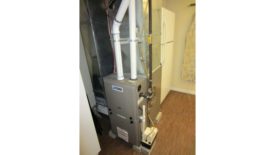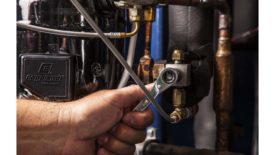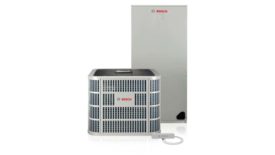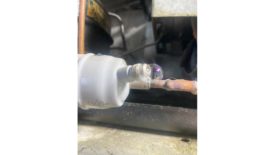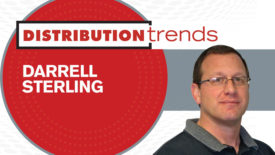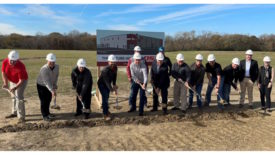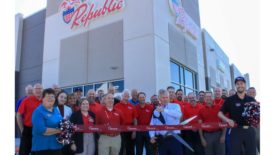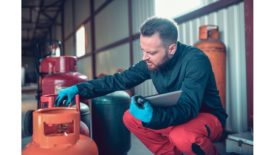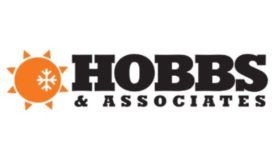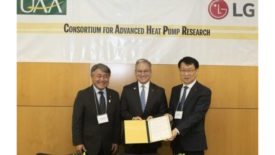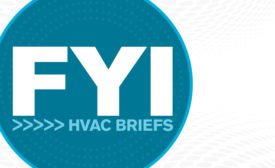Home » Publications » ACHR NEWS
ACHR NEWS

2023 November 20
Cover Story
Back to TopFurnace Rule ‘Doesn’t Pencil Out’
Read More
HVAC Educators Grade the Trade School Model
Traditional HVAC trade schools must evolve with the times
Read More
Feature Articles
Back to TopInnovative Technologies In Low-GWP Refrigeration Systems
Manufacturers are offering new solutions to meet regulatory — and end-user — demands
Read More
Cashing In on High-End HVAC Equipment
Homeowners looking for more from their systems can find it with these products
Read More
Radiant Heating Systems Deliver Comfort, Regardless of the Energy Source
HVAC contractors and end users should consider radiant heating systems as more than niche solutions
Read More
Hasty Heat Pump Installations Could Lead To Headaches
Heat pumps can be a great option – when applied and installed correctly
Read More
All You Need To Know About HVAC Capillary Tubes, Part 1
Sizing these cost-effective metering devices is crucial to system performance
Read More
Preventing Leaks In Refrigeration Systems
Refrigerant is expensive, so be on the lookout for potential leaks
Read More
Contractor Pro Homeowner Series
Contractors Reap the Benefits of Transparent Online Pricing
The decision to publish pricing online is a complex one for HVAC contractors that unearths numerous questions
Read More
Project Files: Episode 64 — Flame-Free Retrofit at Smithsonian Vault
RLS press fittings joined HVACR lines in museum’s cold storage
Read More
Distribution Trends
Back to TopHARDI Heading to Phoenix for Annual Conference
Organizers say Ascend conference will help distributors thrive amid change, challenges
Read More
The Distributor as a Contractor’s Partner
Helping boost service department profitability can win business with contractors
Read More
HVAC Counter Talk
M&A Supply’s Anderson Says HVACR is in a Good Place Despite its Labor Woes
Thriving in Tough Times
Read More
Columns
Back to TopSix Steps to Smoothly Transition to A2L Refrigerants
The move from HFCs to A2Ls is bringing us from a nonflammable refrigerant to a mildly flammable one
Read More
Newsline
Back to TopFYI
Back to TopCopyright ©2025. All Rights Reserved BNP Media.
Design, CMS, Hosting & Web Development :: ePublishing
